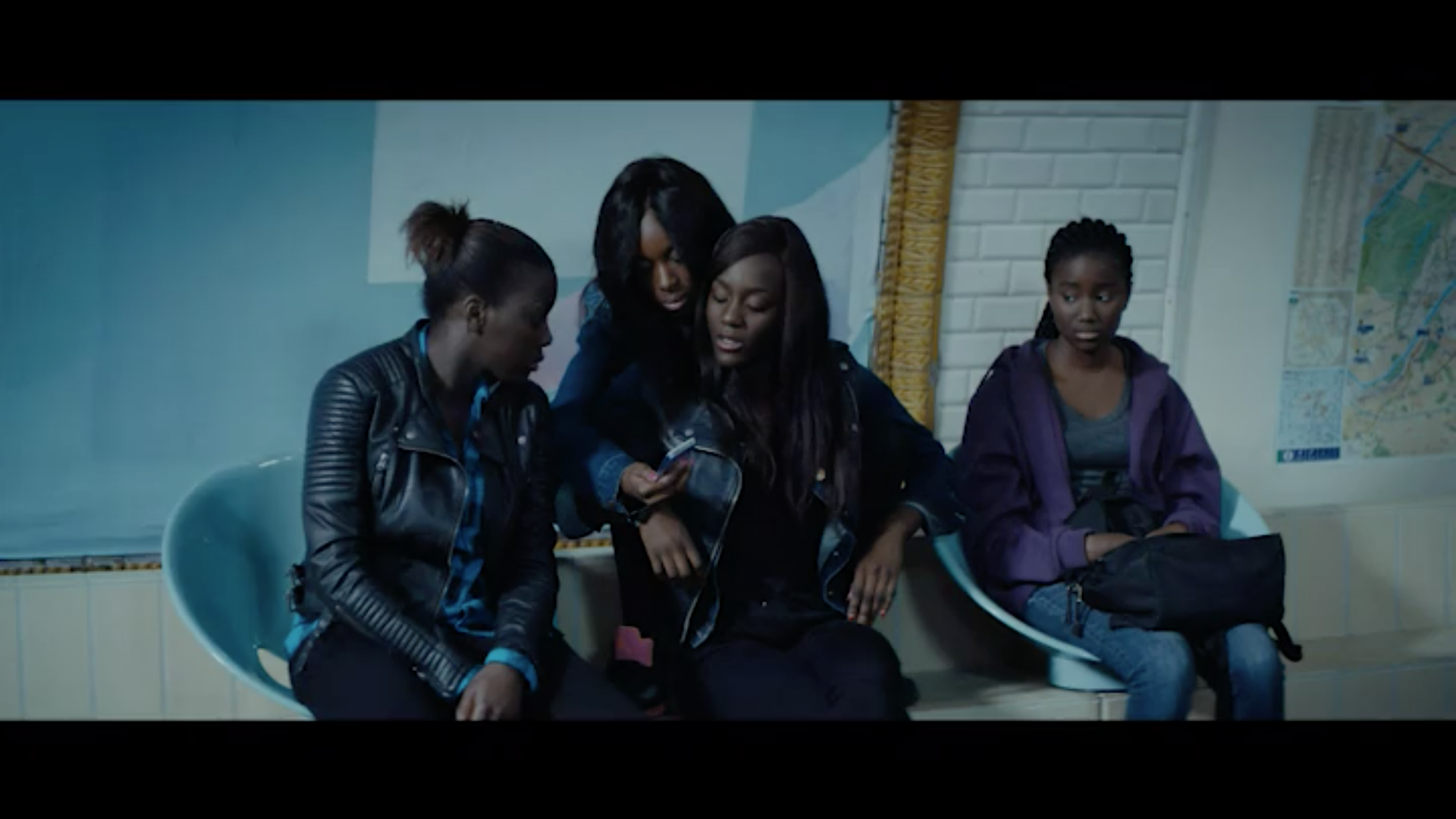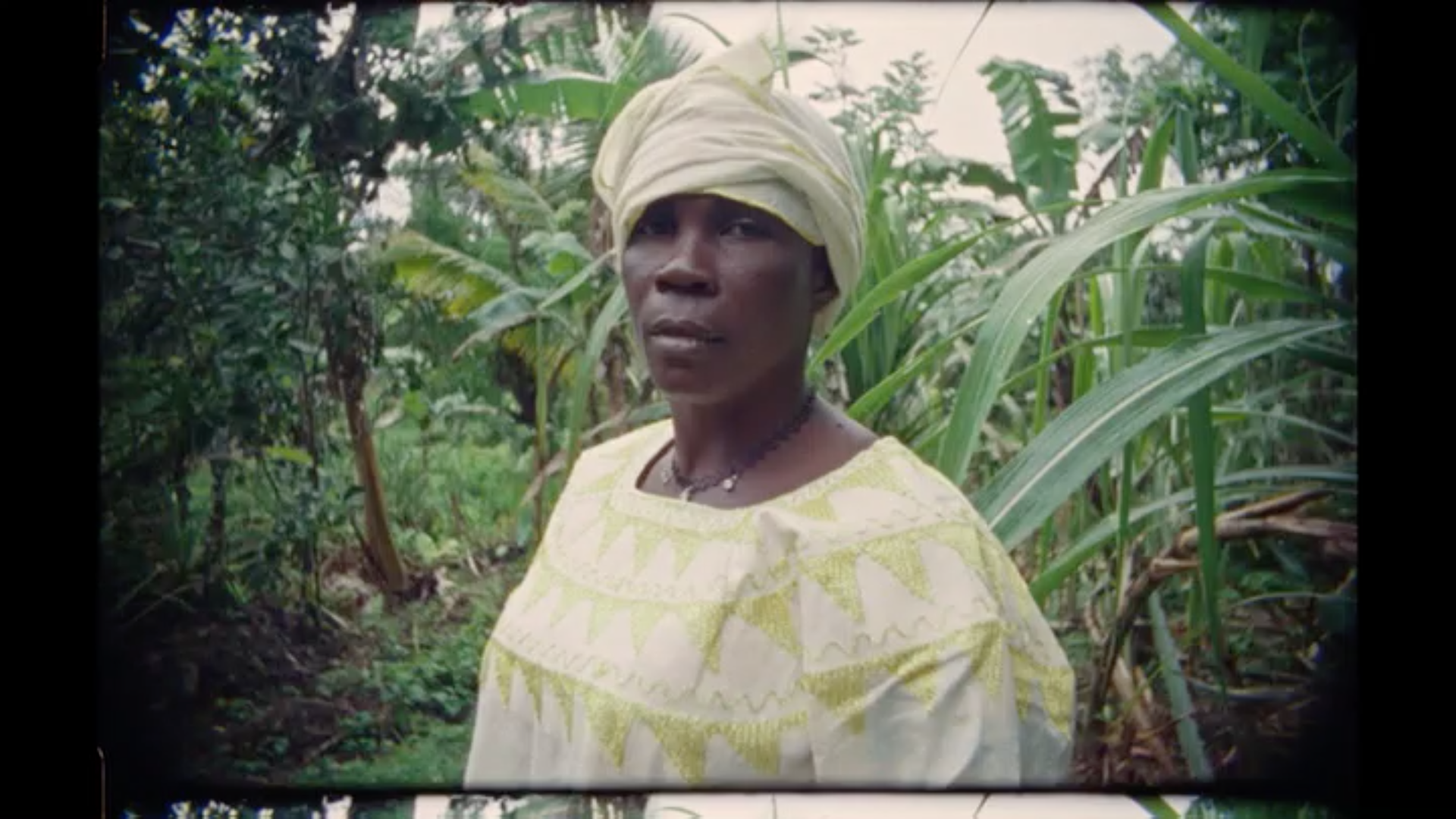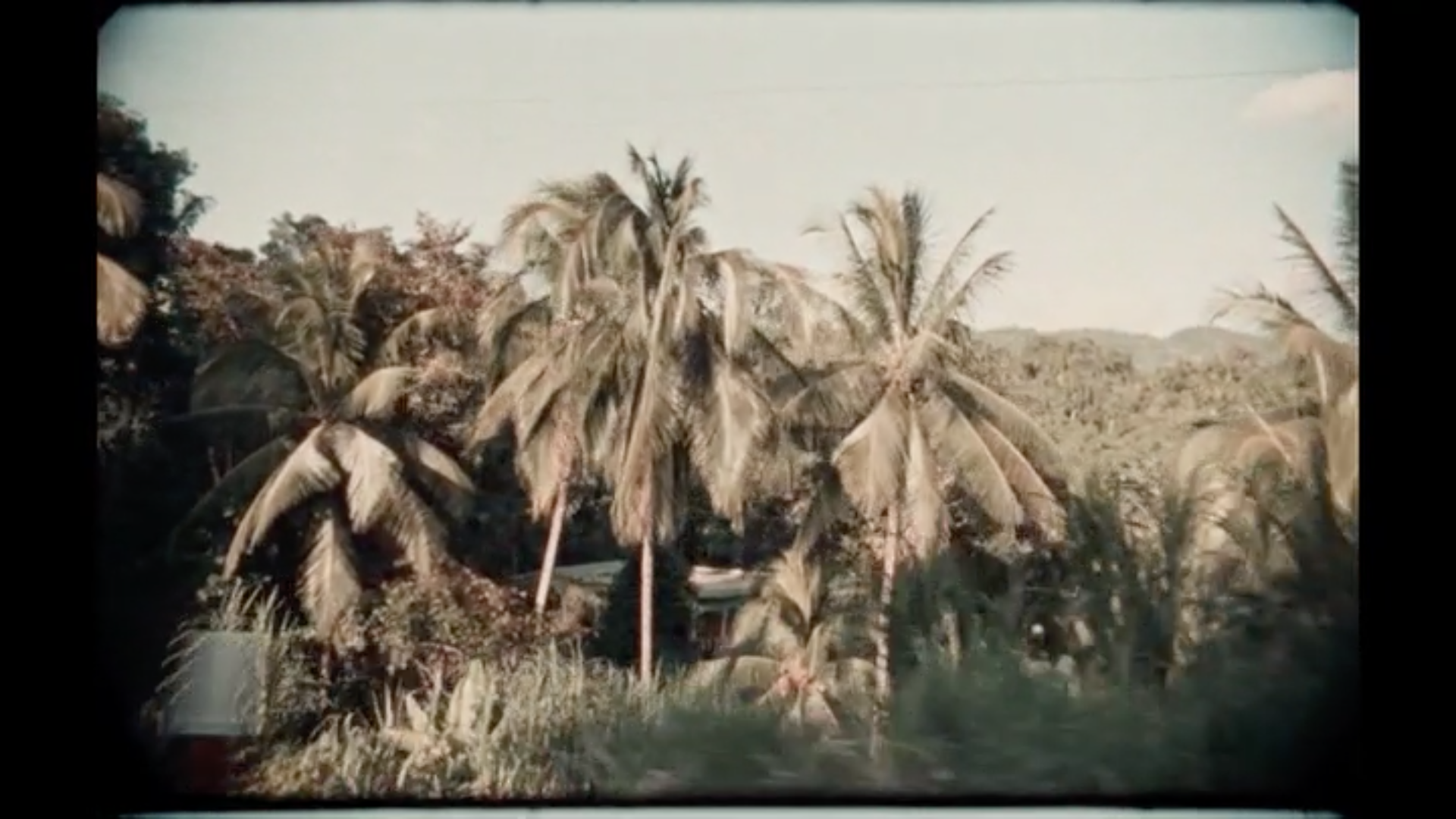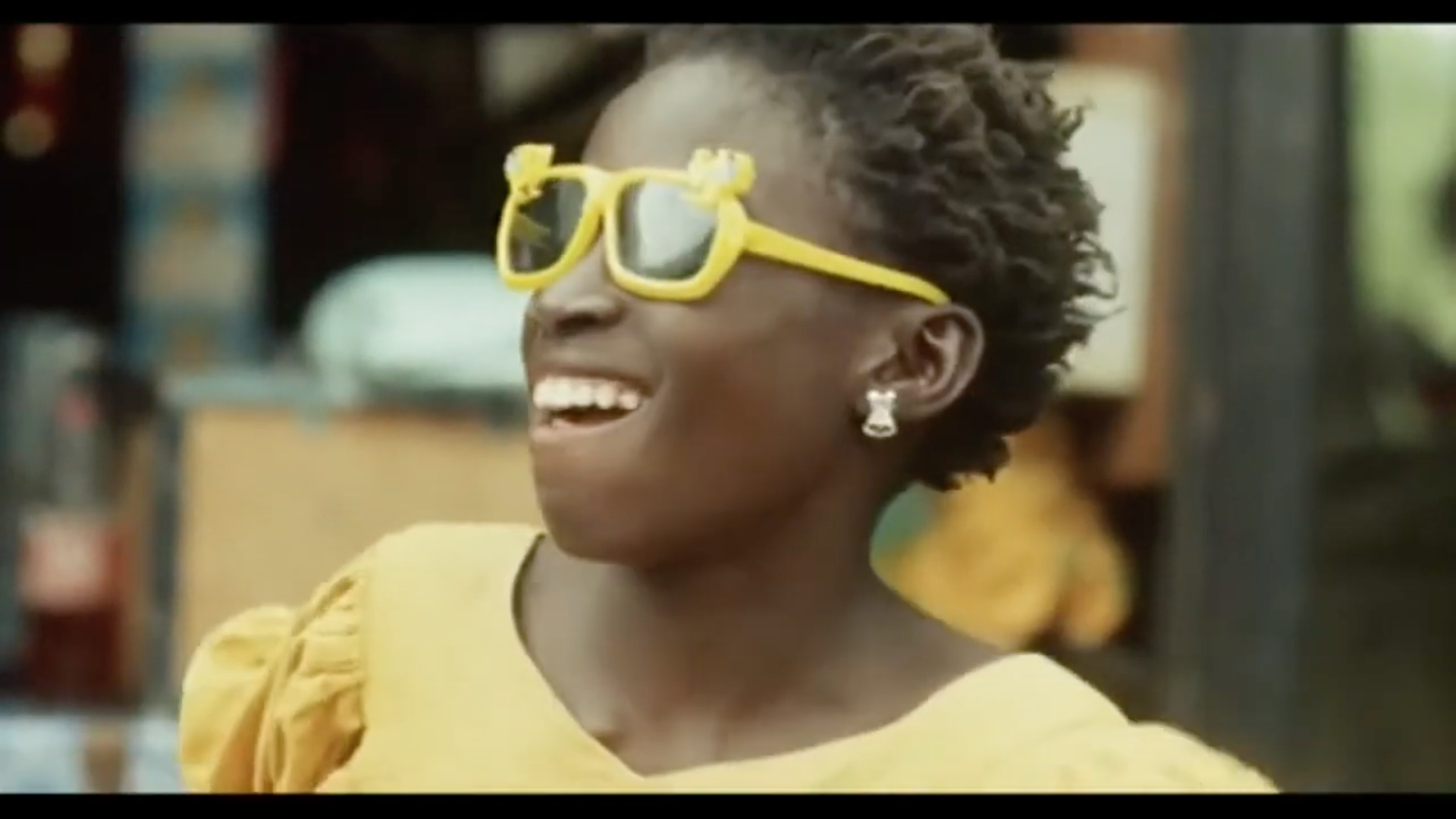About the curator
Dr. Desirée de Jesus is an Assistant Professor in the Department of Communication and Media Studies at York University. She holds a PhD from Concordia University and an MA (with Distinction) from Kings College London. Dr. de Jesus is also a video essayist and moving images curator.
Her videographic work analyzes films centering girls, women, and folks of color. Her previous curatorial work supported the Visual Collections Repository (Concordia University) and the Toronto International Film Festival. Dr. de Jesus’s research and teaching explore the intersections of race, gender, aesthetics, and technology in narrative film and media through traditional, creative, and curatorial methodologies.


 Still from “Rafiki” a film by Wanuri Kahiu (2018)
Still from “Rafiki” a film by Wanuri Kahiu (2018)
 Still from “Bande de filles/Girlhood” a film by Céline Sciamma (2017)
Still from “Bande de filles/Girlhood” a film by Céline Sciamma (2017)
 Still from “Black Mother Black Daughter” a film by Sylvia Hamilton and Claire Prieto (1989)
Still from “Black Mother Black Daughter” a film by Sylvia Hamilton and Claire Prieto (1989)
 Still from “Black Mother Black Daughter” a film by Sylvia Hamilton and Claire Prieto (1989)
Still from “Black Mother Black Daughter” a film by Sylvia Hamilton and Claire Prieto (1989)
 Still from “Black Mother Black Daughter” a film by Sylvia Hamilton and Claire Prieto (1989)
Still from “Black Mother Black Daughter” a film by Sylvia Hamilton and Claire Prieto (1989)
 Still from “La petite vendeuse du soleil/The Girl Who Sold the Sun” a film by Shibril Diop Mambety (1999)
Still from “La petite vendeuse du soleil/The Girl Who Sold the Sun” a film by Shibril Diop Mambety (1999)